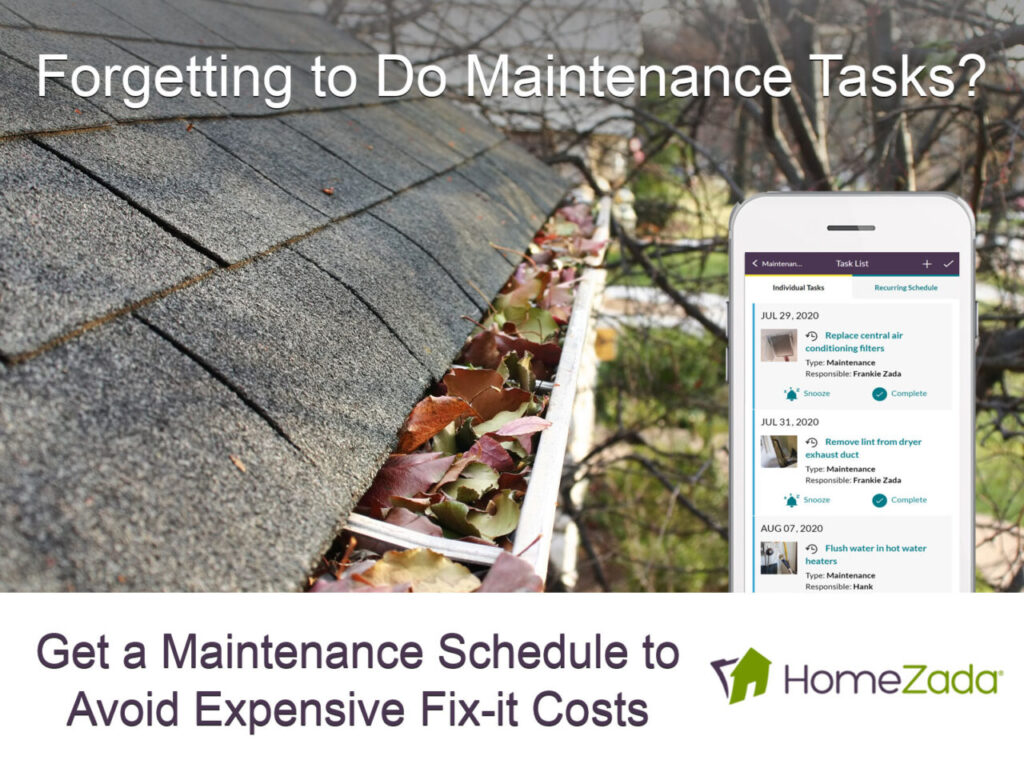Whether winter in your area features icy temperatures and many feet of snow or howling winds and ample rain, winterizing your home is a must when the mercury starts to drop. Failing to prepare for seasonal changes can result in expensive damage to your home. If you’re not sure where to start, here’s a comprehensive guide to protecting your property in the winter.
1. Add insulation and weatherstripping
Keeping cold drafts out and warm air in is an unexpected expense of home ownership, but it is critical when it comes to keeping your home comfortable in cold weather.
Doors and windows are notorious for letting cold weather into your home. Add weatherstripping to seal any gaps, and caulk window frames. Adding door stoppers can also prevent cold drafts from coming in.
Heat rises, and skimpy insulation does little to prevent it from leaving your home. Check your insulation to make sure it’s up to the task. If not, add more.
2. Perform routine heat system maintenance
Regular maintenance at the turn of the season keeps your heating system operating at peak performance. Start with an inspection to ensure it’s functioning properly. It is also a good time to replace furnace filters.
Add a programmable thermostat to take the guesswork out of maintaining a comfortable temperature. It can also save you money, dropping the heat when you’re away and increasing it when you’re home.
3. Protect your pipes
Frozen pipes are a wintertime hazard you can protect against. Wrap outdoor pipes with insulation to prevent freezing and cracks. Also turn off outdoor faucets, remove any hoses, and open the hose bib to allow water to drain.
Inside, open the faucets to allow a slow drip. Moving water is less likely to freeze, even if it’s just one drop at a time.
Even with these precautions, extreme weather can still cause pipes to freeze and burst. Make sure you know the location of the water shut-off valve to your house.
4. Check your roof and gutters
Your roof and gutters bear the brunt of winter weather’s fury. A little maintenance helps prevent damage that could lead to a total roof replacement.
Conduct a roof inspection. Look for missing or damaged shingles that could allow leaks.In addition, clean gutters and make sure all downspouts are clear and unclogged. This helps rain and melting snow move through without forming ice or ice dams.
5. Inspect your fireplace and chimney
If you regularly use a wood-burning fireplace, schedule a chimney sweep to clean built-up soot and clear debris, such as birds’ nests. Also hire a professional inspector to ensure the chimney is safe and drawing correctly. Burn well-seasoned wood that produces more heat and creates less creosote buildup.

6. Prepare the exterior of your home
Winterizing your home also means considering unattached exterior features. Prune any trees that are close to the house or electrical wires. This prevents them from impacting your power or your roof if an ice storm, heavy snow, or high winds bring them down.
Store outdoor furniture in a shed or cover your furniture and ornamental sculptures with a tarp.
7. Double check outdoor equipment
If you experience extreme winter weather, chances are good you have some specialized tools to handle it. Prepare gas-powered tools by making sure snow blowers are operable and have the fuel they need. For manual tools, replace that cracked snow shovel and stock up on salt or snow melt for walkways.
8. Prepare your family
Even the best preparations can’t prevent the occasional winter power outage or emergency.
Stock up on food items and essential prescriptions. Your supplies should also include bottled water and alternative power sources for cooking, such as a camp stove, if you have them. Remember that it is unsafe to use propane-powered cooking appliances indoors.
Add extra batteries, flashlights, and battery-operated heaters or radios to keep warm and stay informed. Also make sure you have a rechargeable battery pack for cell phones.
9. Settle in
When properly prepared, winter can be a warm and snuggly season. With just a little effort, you’ll be able to reduce stress and enjoy the season’s wonders. These preparations also keep your family safe and prevent costly damage and repairs.
10 Fall Home Maintenance Tasks Every Homeowner Should Do
4 Fall Home Maintenance Tips that can Prevent Fires
Air Conditioners and Winter Heating Tips: Are You Letting Cold Air In?


